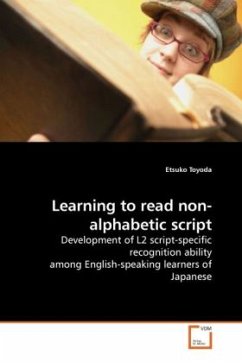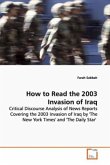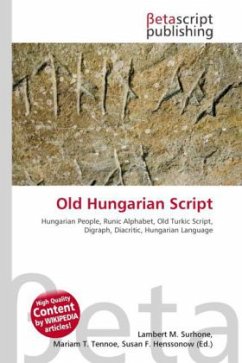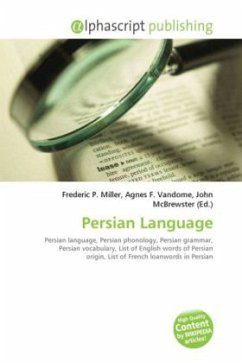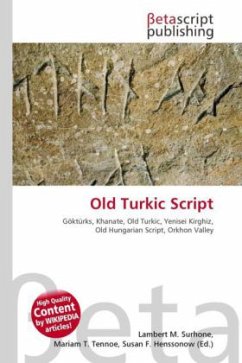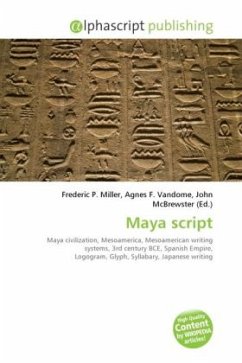Learning to read is a complex task for adult second
language (L2) learners. In particular, reading
non-alphabetic script can be a serious challenge for
those with alphabetic backgrounds. While there are
cross-linguistic effects, research suggests the
existence of processes independent of such effects:
readers develop L2-specific word recognition skills
through building knowledge of L2 orthographic
features. This book discusses development of L2
script-specific recognition ability among
English-speaking learners of Japanese. By analysing
results of behavioural tests and a verbal protocol
administered to L2 readers of Japanese, the study
investigated changes in developing L2 learners kanji
recognition skills and their awareness of structure
and function of characters at different stages of L2
exposure. By identifying several critical skills and
awareness through analysing the results, the book
further discusses the possibility of enhancing
character recognition ability with use of explicit
instruction at critical points. The book should be
useful both to researchers and teachers who deal with
second language acquisition, and those interested in
learning character-based languages.
language (L2) learners. In particular, reading
non-alphabetic script can be a serious challenge for
those with alphabetic backgrounds. While there are
cross-linguistic effects, research suggests the
existence of processes independent of such effects:
readers develop L2-specific word recognition skills
through building knowledge of L2 orthographic
features. This book discusses development of L2
script-specific recognition ability among
English-speaking learners of Japanese. By analysing
results of behavioural tests and a verbal protocol
administered to L2 readers of Japanese, the study
investigated changes in developing L2 learners kanji
recognition skills and their awareness of structure
and function of characters at different stages of L2
exposure. By identifying several critical skills and
awareness through analysing the results, the book
further discusses the possibility of enhancing
character recognition ability with use of explicit
instruction at critical points. The book should be
useful both to researchers and teachers who deal with
second language acquisition, and those interested in
learning character-based languages.

